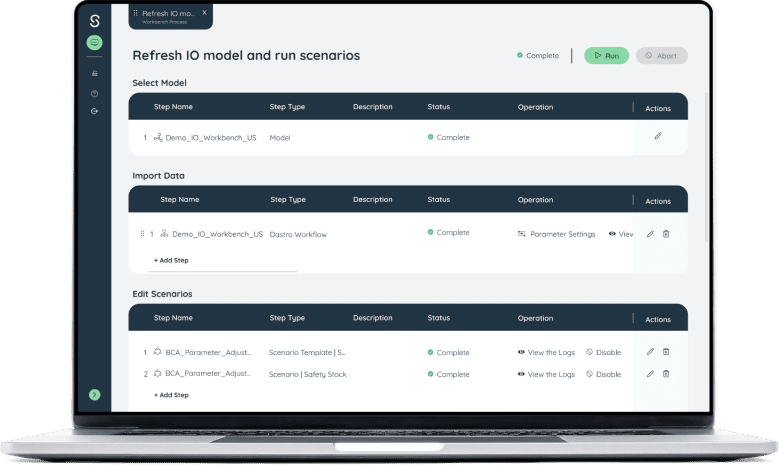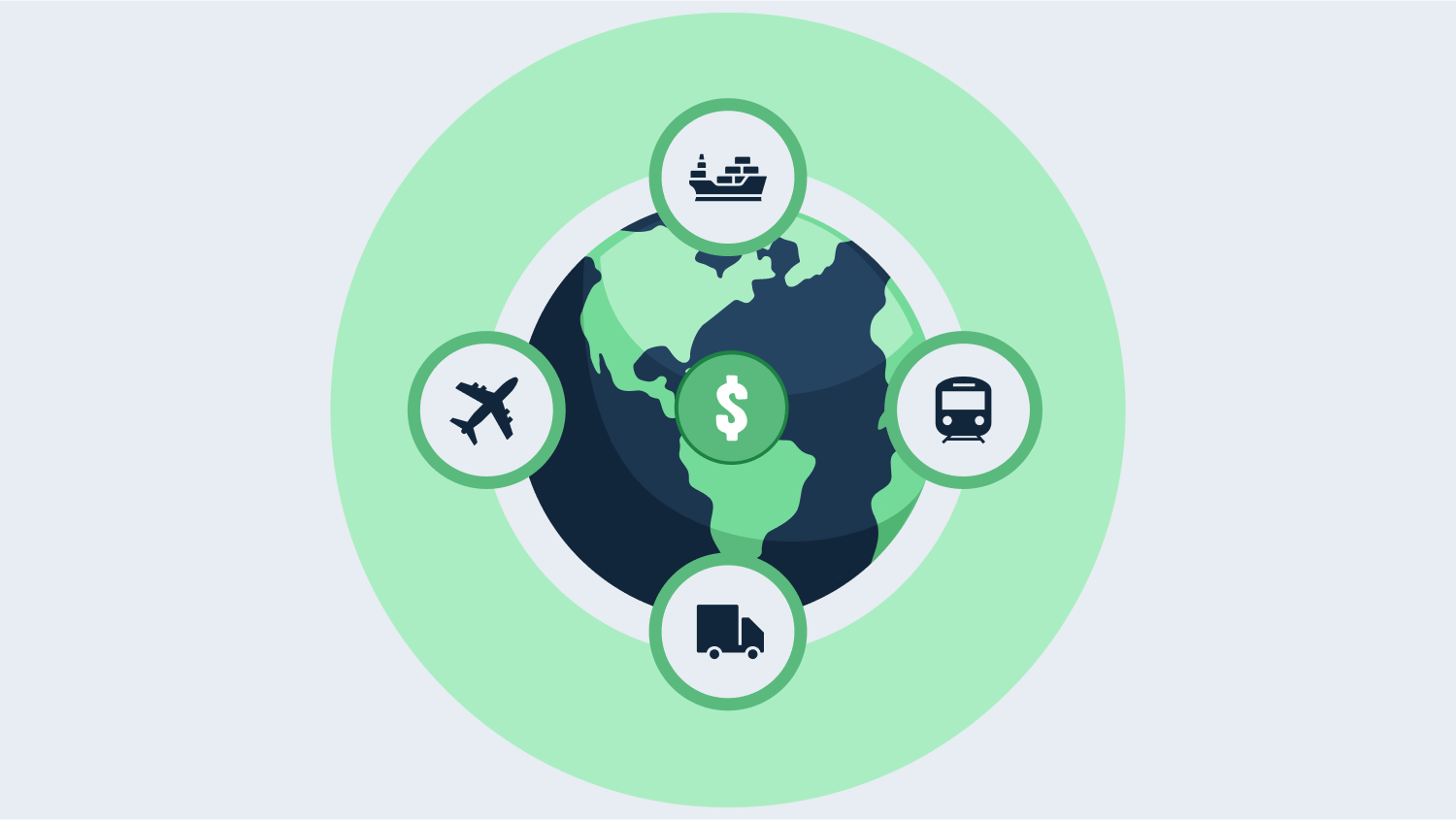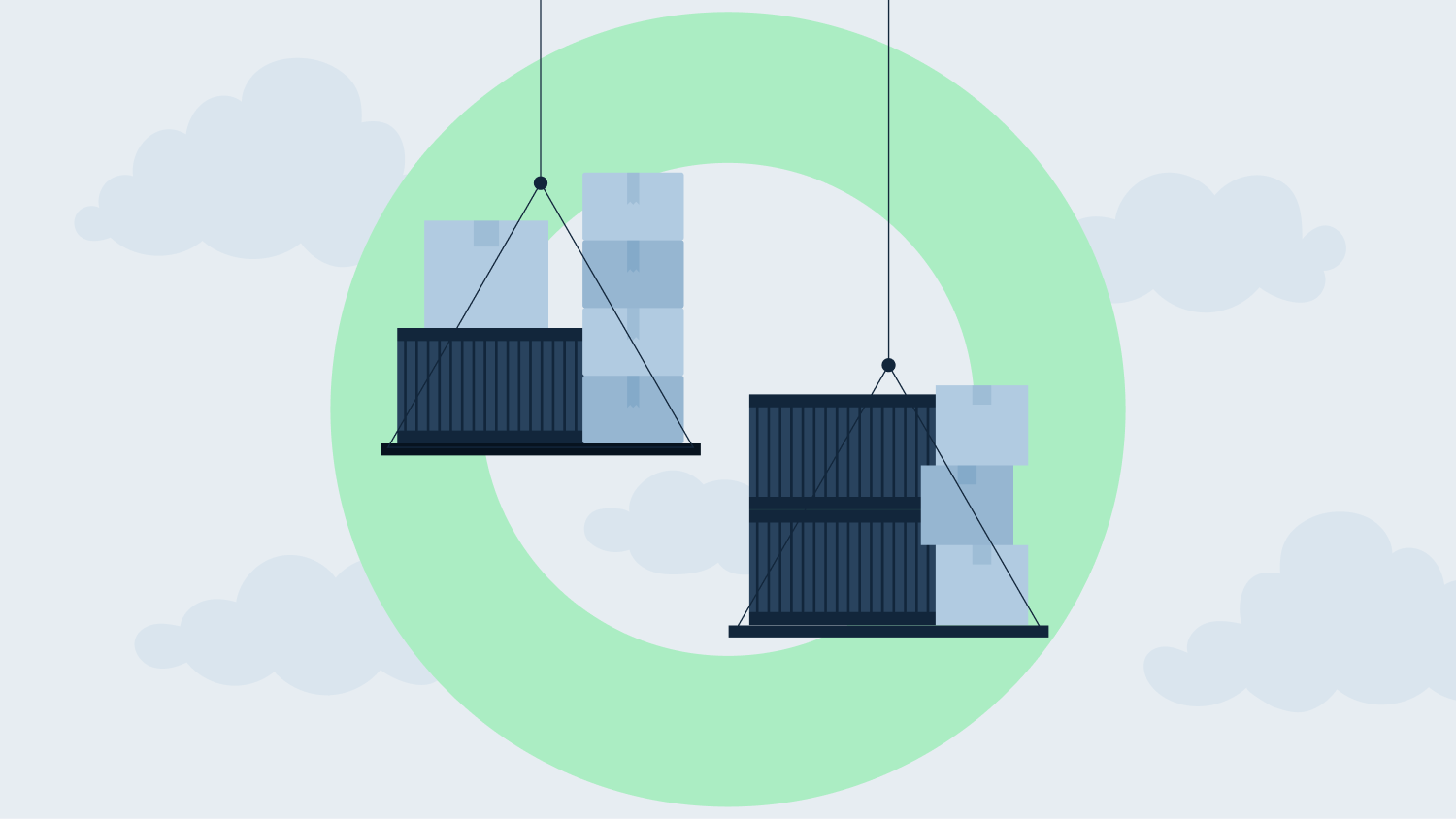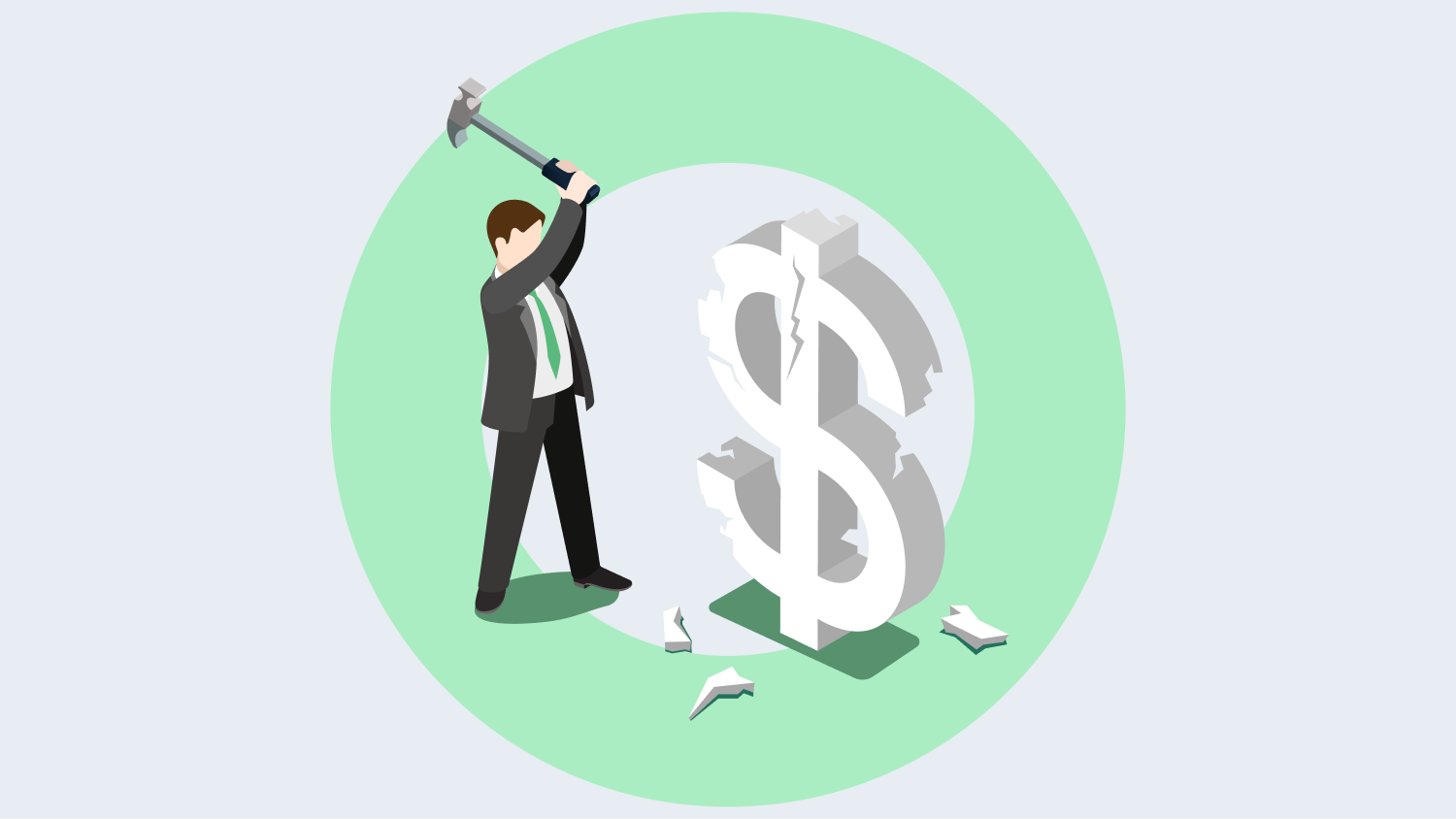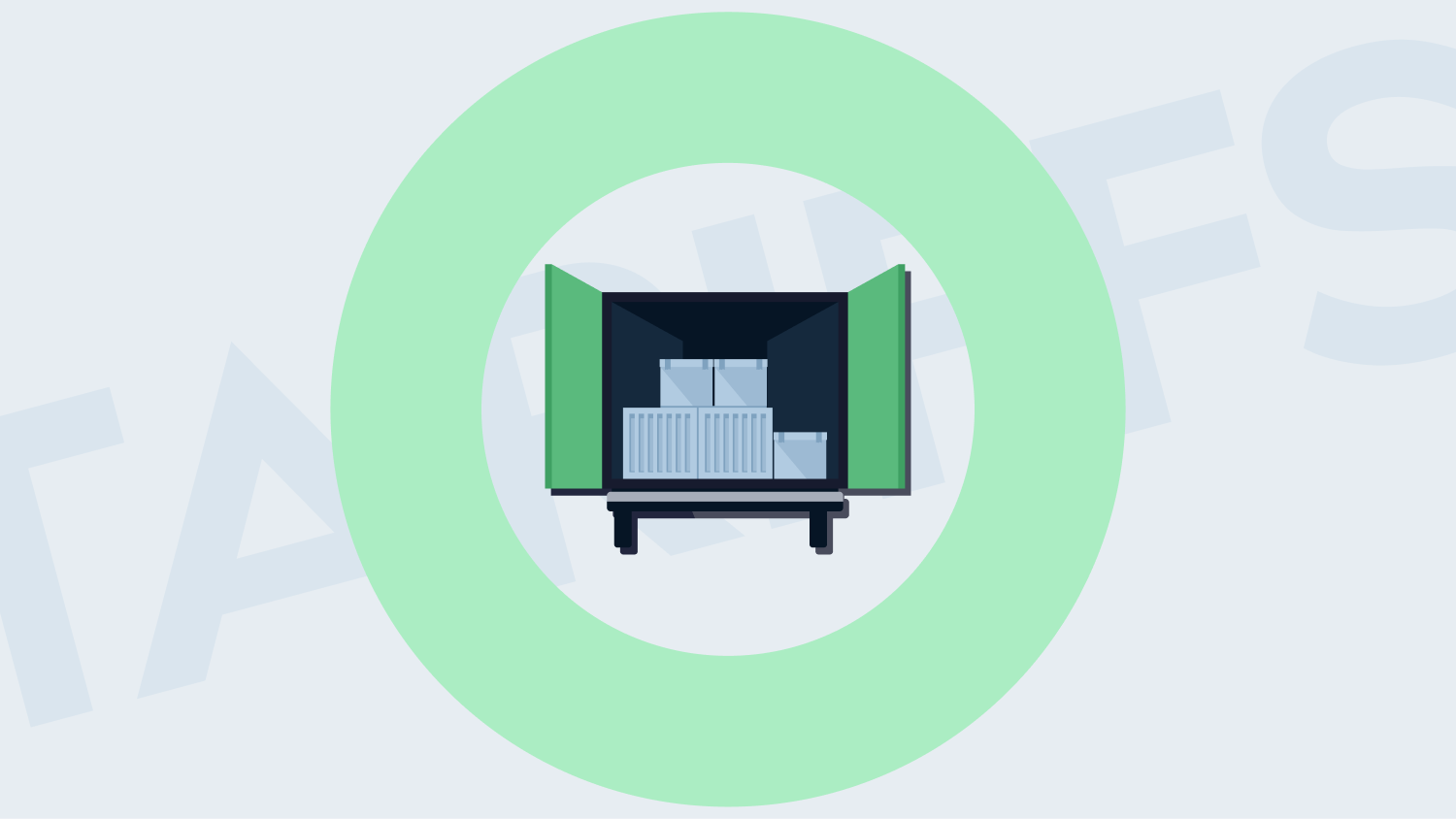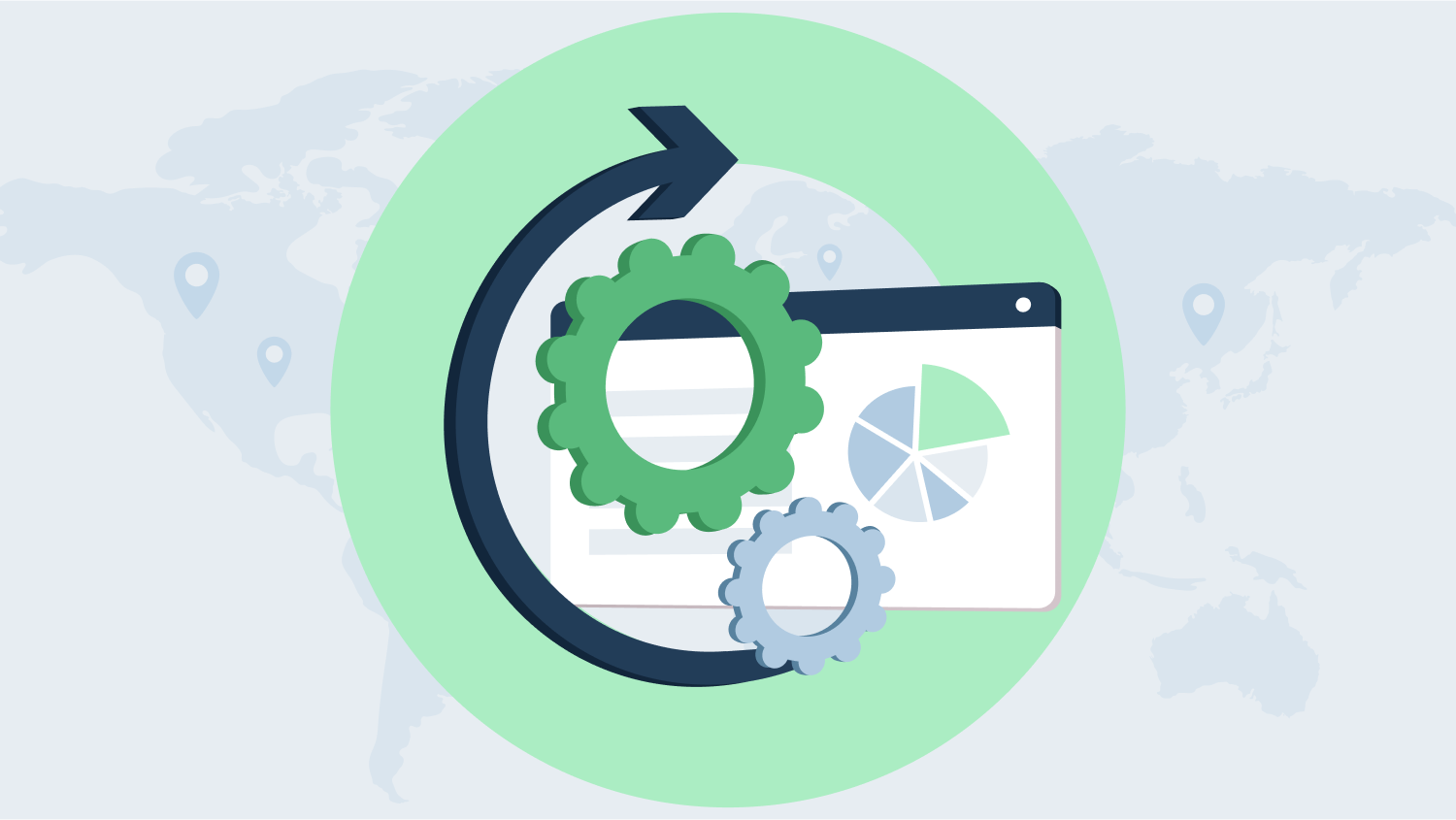Let’s face it: the world is getting messier. Supply chains are no longer just about moving goods from point A to point B. They’re about navigating a minefield of geopolitical chaos, sustainability mandates, and sky-high customer expectations. By 2025, companies that haven’t optimized their networks will be left scrambling—or worse, irrelevant.
First up: geopolitical disruptions. Tariffs, trade wars, and regional conflicts are reshaping global trade routes faster than you can say “supply chain resilience.” Companies need networks that can pivot on a dime, whether that means rerouting shipments or relocating facilities. Flexibility isn’t a nice-to-have anymore—it’s survival.
Then there’s sustainability. Governments and consumers alike are pushing for greener supply chains. Carbon reduction goals aren’t just PR fluff; they’re hard targets that require real network redesigns. Optimizing for sustainability isn’t just good for the planet—it’s good for the bottom line, too.
Speaking of consumers, their expectations are through the roof. Faster delivery, seamless omnichannel experiences—these aren’t luxuries; they’re table stakes. Optimized networks are the only way to keep up without breaking the bank.
And let’s not forget technology. AI and digital twins are revolutionizing how we design and manage supply chains. These tools aren’t just shiny toys; they’re game-changers for making smarter, faster decisions. As Deloitte’s 2025 Manufacturing Industry Outlook points out, the companies that embrace these advancements will be the ones leading the pack.
Finally, there’s the elephant in the room: cost pressures. Rising fuel, labor, and material costs are squeezing margins tighter than ever. Network optimization isn’t just about cutting costs—it’s about doing more with less, so you can stay competitive without sacrificing quality.
Bottom line? The drivers for network optimization in 2025 are clear. Ignore them at your own risk.
What is Supply Chain Network Optimization?
Supply chain network optimization is the art and science of strategically designing and managing your supply chain to strike the perfect balance between cost, efficiency, and resilience. Think of it as the blueprint for your supply chain—where every facility, link, and inventory decision is meticulously planned to align with your business goals.
At its core, it’s about answering four critical questions:
- Where should your facilities—plants, distribution centers, hubs, and suppliers—be located?
- How should goods flow between these facilities and your customers?
- Where should inventory be placed across the network?
- What’s the optimal supply network structure to meet your objectives?
The goal? To create a network that’s not just cost-effective today but also agile enough to adapt to tomorrow’s challenges. Whether it’s shifting customer demands, geopolitical disruptions, or sustainability mandates, a well-optimized network ensures your business stays profitable and competitive in the long run.
For a deeper dive into how this works, check out this explainer on supply chain network design and optimization. It’s a great resource to understand the nuts and bolts of building a network that’s ready for 2025 and beyond.
Key Drivers for Network Optimization in 2025
The supply chain landscape is shifting faster than ever, and by 2025, companies that haven’t optimized their networks risk being left behind. Here’s what’s driving the urgency:
- Geopolitical disruptions: Tariffs, trade wars, and regional conflicts are no longer outliers—they’re the new normal. Companies need flexible networks that can pivot quickly when borders close or tariffs spike. A rigid supply chain? That’s a recipe for disaster.
- Sustainability mandates: The pressure to go green isn’t just coming from regulators—it’s coming from consumers, investors, and even employees. Optimizing your network isn’t just about cutting costs anymore; it’s about reducing carbon footprints and aligning with global sustainability goals.
- Consumer expectations: Same-day delivery isn’t a luxury—it’s an expectation. Omnichannel fulfillment means your network has to be faster, smarter, and more responsive than ever. If you’re not optimizing for speed and efficiency, your competitors will.
- Technological advancements: AI and digital twins are game-changers. These tools let you simulate scenarios, predict disruptions, and make smarter decisions in real-time. According to Deloitte’s 2025 Manufacturing Industry Outlook, companies leveraging these technologies are already seeing significant competitive advantages.
- Cost pressures: Let’s face it—rising fuel, labor, and material costs are squeezing margins. Network optimization isn’t just a nice-to-have; it’s a must-have for staying profitable in an increasingly expensive world.
In short, the drivers for network optimization in 2025 aren’t just about survival—they’re about thriving in a world that demands agility, sustainability, and efficiency. If your supply chain isn’t ready, now’s the time to act.
Benefits of Supply Chain Network Optimization
Let’s cut to the chase: supply chain network optimization isn’t just a buzzword—it’s a game-changer. Companies that invest in optimizing their networks don’t just survive; they thrive. Here’s why.
First, cost savings. By streamlining logistics, inventory placement, and production flows, businesses can slash expenses across the board. Think fewer wasted miles, smarter inventory levels, and reduced overhead. According to Sophus.ai, companies that optimize their networks often see significant reductions in operational costs, freeing up capital for growth initiatives.
Next, agility. In a world where disruptions are the norm, being able to pivot quickly is non-negotiable. Optimized networks let you reroute shipments, adjust inventory, and respond to market shifts without breaking a sweat.
Then there’s customer satisfaction. Faster, more reliable deliveries? That’s a win for your customers and your bottom line. A well-designed network ensures products get where they need to be, when they need to be there.
And let’s not forget sustainability. Optimized networks mean fewer emissions, less waste, and a smaller carbon footprint. It’s not just good for the planet—it’s good for your brand.
In short, supply chain network optimization isn’t just about cutting costs or speeding up deliveries. It’s about building a smarter, more resilient, and future-ready supply chain. And in 2025, that’s not optional—it’s essential.
Steps to Achieve Network Optimization
Achieving supply chain network optimization isn’t a one-and-done deal—it’s a structured, iterative process. Here’s how to get it right:
- Set Objectives: Start by defining clear goals. Are you aiming to slash logistics costs, improve delivery times, or reduce your carbon footprint? For instance, you might focus on optimizing network flow paths within your existing footprint before considering major changes. This keeps the scope manageable and results tangible.
- Assess Your Current Network: Build a detailed baseline of your as-is network. Map out your facilities, suppliers, and customer locations, along with the flow of goods between them. Identify bottlenecks, inefficiencies, and areas ripe for improvement. This step is crucial—you can’t optimize what you don’t fully understand.
- Build and Optimize Scenarios: Use advanced supply chain network optimization tools to model alternative scenarios. What happens if you shift a distribution center closer to your customers? Or if you consolidate inventory in regional hubs? Tools like these allow you to simulate and compare outcomes, ensuring you make data-driven decisions.
Also Read: Best Practices in Supply Chain Design – Optimising Efficiency - Implement Changes: Once you’ve identified the optimal scenario, it’s time to execute. This might involve relocating facilities, renegotiating supplier contracts, or reconfiguring transportation routes. Change management is key here—ensure stakeholders are aligned and onboard.
- Monitor and Adapt: Optimization isn’t a set-it-and-forget-it process. Continuously monitor performance metrics and adapt your network as market conditions, customer demands, or business goals evolve. This iterative approach ensures your supply chain stays agile and competitive.
By following these steps, you’ll not only optimize your network but also build a foundation for long-term resilience and growth.
Emerging Trends in Network Optimization
The future of supply chain network optimization is all about getting smarter, faster, and more precise. As we look ahead to 2025, three key trends are reshaping how companies approach their networks: granularity, omnichannel integration, and the power of AI.
First, granularity is taking center stage. Gone are the days of high-level, one-size-fits-all network designs. Companies are now diving deeper into operational specifics, incorporating SKU-level or even work center-level details into their models. This hyper-detailed approach allows for more accurate decision-making, ensuring that every node and link in the network is optimized for maximum efficiency. Think of it as moving from a rough sketch to a high-definition blueprint—every detail matters.
Next, omnichannel networks are becoming non-negotiable. With consumers expecting seamless experiences across e-commerce and retail, companies are building unified models that can handle both. This means designing networks that can flexibly support everything from next-day delivery to in-store pickups, all while keeping costs in check. It’s not just about speed—it’s about delivering the right product, to the right place, at the right time, no matter the channel.
Finally, AI is revolutionizing network optimization. Let’s face it: optimizing a supply chain network is a data-heavy beast. AI steps in to automate the grunt work—transforming raw data into actionable insights, identifying patterns, and even predicting future disruptions. By leveraging AI, companies can not only improve efficiency but also free up their teams to focus on strategic decision-making. As highlighted in this article, AI is no longer a “nice-to-have”—it’s a game-changer for supply chain optimization.
These trends aren’t just shaping the future—they’re defining it. Companies that embrace granularity, omnichannel strategies, and AI-driven insights will be the ones leading the pack in 2025 and beyond.
Case Studies
When it comes to supply chain network optimization, real-world results speak louder than theory. Take Hisense, for example. The global electronics giant faced significant logistics challenges in Africa, where fragmented infrastructure and high costs were eating into margins. By partnering with Sophus, Hisense implemented a tailored network optimization strategy that streamlined their distribution network, slashed logistics costs, and improved delivery times. The result? A more agile, cost-efficient supply chain that could better serve their customers across the continent.
Read our Case Study: Sophus Partners with Hisense to Transform Logistics Across Africa
Then there’s LONGI, one of the world’s largest solar manufacturers. Expanding into Europe, LONGI needed a network design that could handle complex demand patterns while keeping costs in check. Through strategic network redesign, they saved millions by optimizing their facility locations, inventory placement, and transportation routes. This not only boosted profitability but also positioned them to scale sustainably in a competitive market.
Quick Link: Optimized Longi’s Supply Chain Network and Reduced Cost by 40%
These case studies aren’t just success stories—they’re proof that supply chain network optimization isn’t a luxury; it’s a game-changer. Whether you’re tackling high logistics costs or scaling into new markets, the right strategy can transform your supply chain from a cost center into a competitive advantage.
Conclusion
Let’s cut to the chase: supply chain network optimization isn’t just a buzzword—it’s the backbone of staying competitive in 2025. With disruptions lurking around every corner and customer expectations skyrocketing, companies that fail to optimize their networks risk falling behind. The good news? Tools like those from Sophus Technology are making it easier than ever to design smarter, more resilient supply chains.
The future belongs to businesses that embrace technology and sustainability, not as afterthoughts, but as core strategies. Whether it’s leveraging AI for smarter decision-making or redesigning networks to slash carbon footprints, the opportunities are massive. But here’s the kicker: optimization isn’t a one-and-done deal. It’s a continuous process of refining, adapting, and staying ahead of the curve.
In a world where change is the only constant, network optimization is your best bet for building a supply chain that’s not just efficient, but unshakable. So, what are you waiting for? The clock’s ticking.
FAQs
1. How does network optimization improve supply chain resilience?
Network optimization builds resilience by creating a supply chain that’s flexible and adaptable. By strategically placing facilities, optimizing inventory levels, and designing efficient flow paths, companies can better absorb shocks from disruptions like geopolitical conflicts, natural disasters, or sudden demand spikes. For example, a well-optimized network might include redundant suppliers or distribution centers in different regions, ensuring operations can continue even if one node is compromised.
2. What benefits do supply chain network optimization bring to organizations?
The benefits are clear: cost savings, improved agility, and enhanced customer satisfaction. Companies can slash logistics, inventory, and production costs while delivering products faster and more reliably. According to Sophus.ai, optimized networks also help organizations meet sustainability goals by reducing carbon footprints through smarter facility placement and transportation routes.
3. Why is sustainability a key focus in modern supply chain optimization?
Sustainability isn’t just a buzzword—it’s a business imperative. Consumers, regulators, and investors are increasingly demanding eco-friendly practices. Optimizing supply chain networks helps companies reduce emissions, minimize waste, and align with global carbon reduction targets. By integrating sustainability into network design, businesses not only meet compliance requirements but also future-proof their operations against tightening environmental regulations.
Got more questions? Drop them below—we’re here to help!


